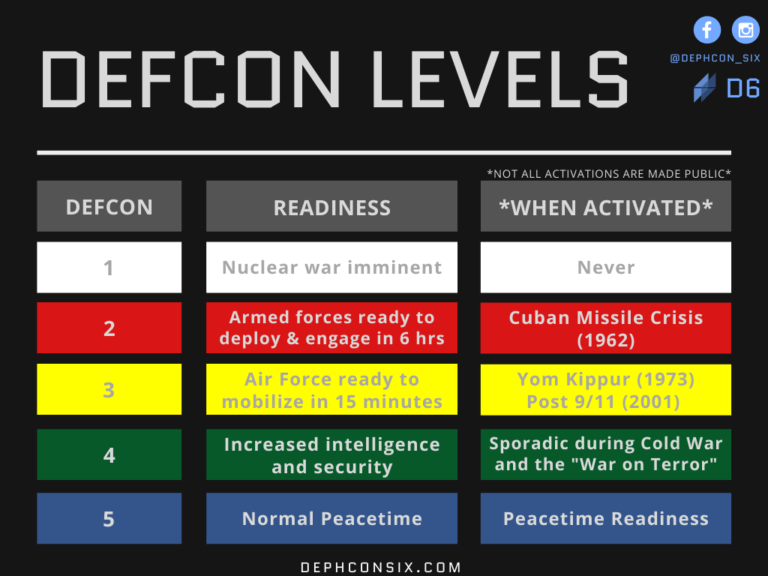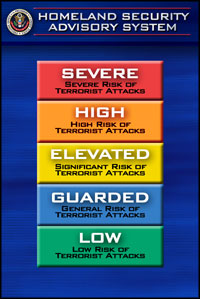
It’s possible that you wouldn’t be reading this article if a situation like that had ever arisen. High-Level DEFCON Instances DEFCON 1 examplesĪs mentioned earlier, the United States has never found itself facing an imminent nuclear threat that required it to go to DEFCON 1. Certain units or bases may be put at higher levels than others, depending on the risk assessment.

The tension caused by the Cold War between the United States and Russia saw both countries expand their nuclear arsenals exponentially, increasing the threat of nuclear war dramatically.Īlthough the DEFCON system is used exclusively within the US military, other countries have comparable systems in place.Īnother important factor to note is that DEFCON levels are not consistent across the whole military. Historically, it’s tied to nuclear threat as it came about during a time of extreme nuclear proliferation. But, the need for a wider range of classifications meant this was later increased to five. The DEFCON alert system was created shortly after.Īt the start, there were only three levels of readiness. In response to the Cold War and the increased threat of all-out nuclear war, the Department of Defense created NORAD, the North American Aerospace Defense Command, in 1958. This level is normally reserved for an imminent nuclear attack or situations where nuclear war has already started.Īt the highest DEFCON level, all required forces need to be instantly ready to deploy and fight at any given moment. Therefore, it requires the highest level of readiness and response. This is as severe as the threat level can get. This is considered the level of threat just below all-out nuclear war. At DEFCON 2, military forces need to be not only ready to deploy, but also to fight within six hours or less.

Rather than apply to the whole military, this would only be for select forces that are necessary to deal with any problem quickly. In this scenario, specific response forces have to be ready to deploy within 15 minutes. If the threat level moves up, the dial goes to DEFCON 3. This would include a focus on intelligence gathering and an overall strengthening of security procedures. In response to increased threat, DEFCON 4 means there should be an above-normal level of readiness.

This is the standard baseline level of alert that the military will be on during peacetime with no active conflicts taking place. This is the lowest DEFCON threat level and requires a normal state of readiness. Fortunately, there have historically never been any DEFCON 1 situations. This is indicative that nuclear war is about to happen or has already started. This is any time of peace with no tangible threat of attack.Īt the top of the scale is DEFCON 1. DEFCON Levels ExplainedĪs briefly explained, DEFCON levels are classified on a sliding scale from 5 to 1. This is unlikely to return to normal (DEFCON 5) until the war in Ukraine is over. Interested in How The US Military Operates?ĭue to the ongoing war between the Ukraine and Russia and the subsequent strain on Western/Russian relations, the US is currently at DEFCON 3.


 0 kommentar(er)
0 kommentar(er)
